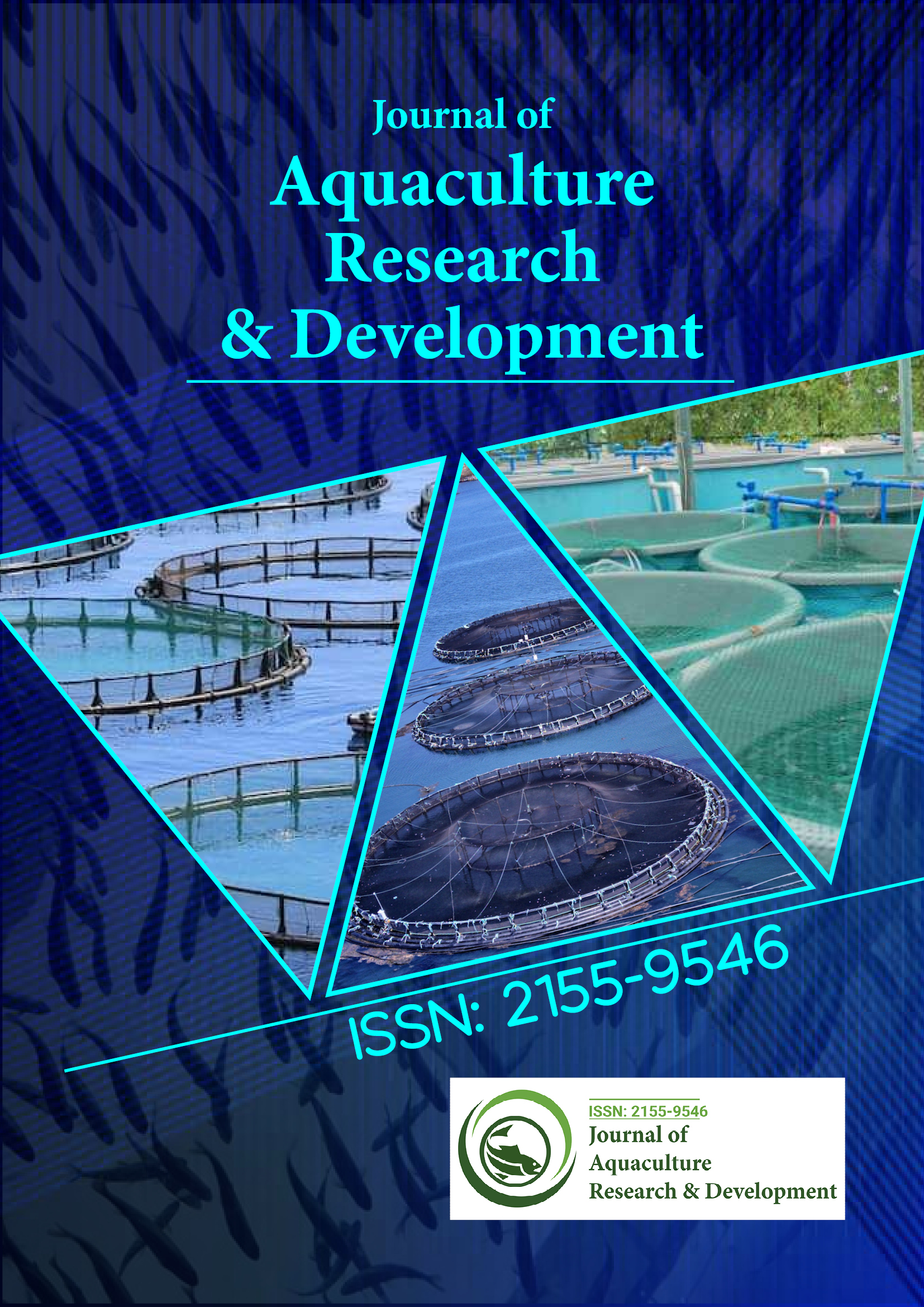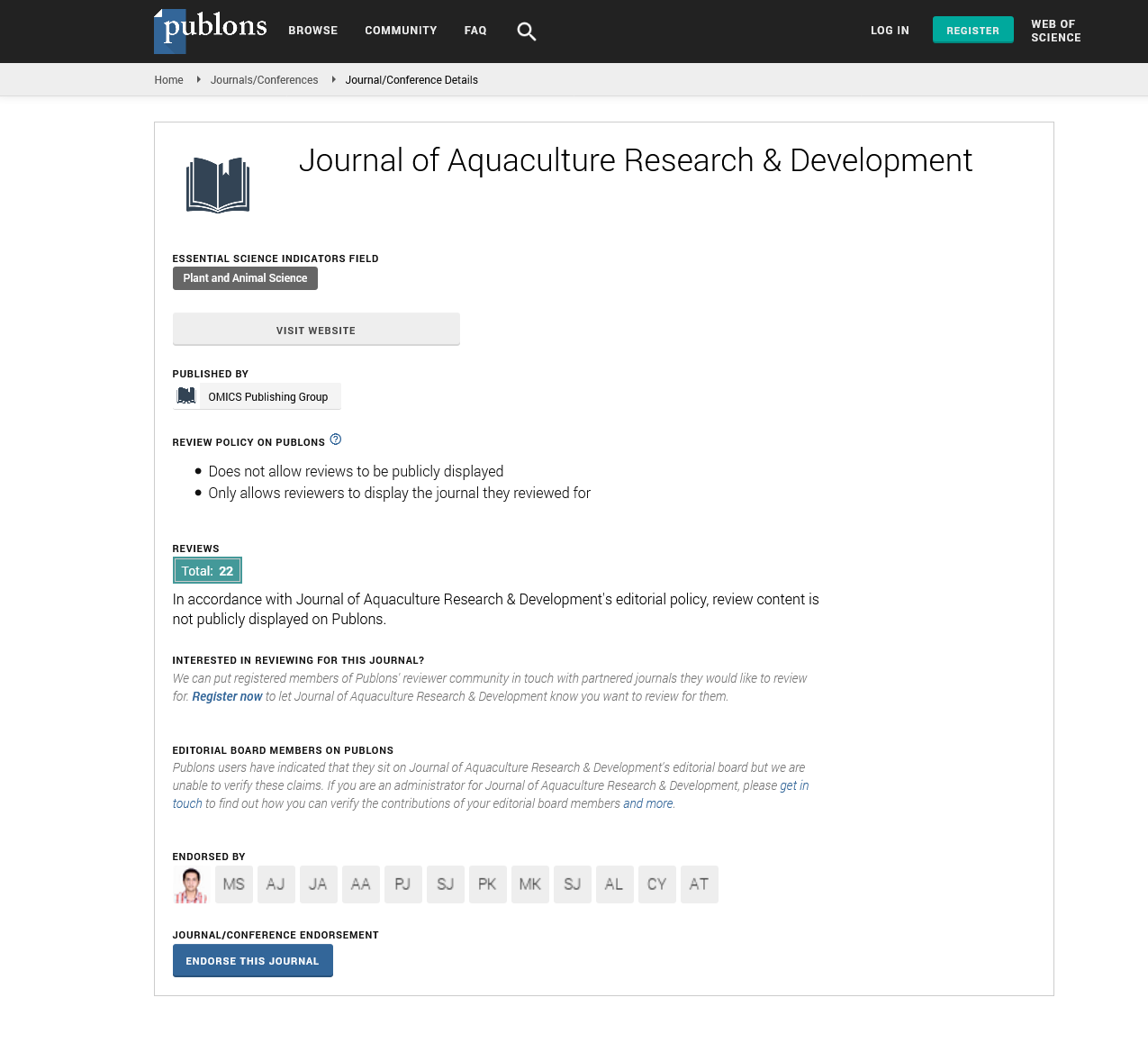Indexed In
- Online Access to Research in the Environment (OARE)
- Open J Gate
- Genamics JournalSeek
- JournalTOCs
- Scimago
- Ulrich's Periodicals Directory
- Access to Global Online Research in Agriculture (AGORA)
- Electronic Journals Library
- Centre for Agriculture and Biosciences International (CABI)
- RefSeek
- Directory of Research Journal Indexing (DRJI)
- Hamdard University
- EBSCO A-Z
- OCLC- WorldCat
- Scholarsteer
- SWB online catalog
- Virtual Library of Biology (vifabio)
- Publons
- MIAR
- University Grants Commission
- Euro Pub
- Google Scholar
Useful Links
Share This Page
Journal Flyer

Open Access Journals
- Agri and Aquaculture
- Biochemistry
- Bioinformatics & Systems Biology
- Business & Management
- Chemistry
- Clinical Sciences
- Engineering
- Food & Nutrition
- General Science
- Genetics & Molecular Biology
- Immunology & Microbiology
- Medical Sciences
- Neuroscience & Psychology
- Nursing & Health Care
- Pharmaceutical Sciences
Commentary - (2025) Volume 16, Issue 2
Thermal Tolerance Adaptation in Cultured Carp Strains
Nevan Collier*Received: 03-Feb-2025, Manuscript No. JARD-25-28613; Editor assigned: 05-Feb-0025, Pre QC No. JARD-25-28613 (PQ); Reviewed: 19-Feb-2025, QC No. JARD-25-28613; Revised: 26-Feb-2025, Manuscript No. JARD-25-28613 (R); Published: 05-Mar-2025, DOI: 10.35248/2155-9546.25.16.958
Description
Temperature is one of the most influential environmental factors affecting the physiological, metabolic, and developmental processes in fish. As aquaculture continues to expand into diverse geographic regions, the ability of cultured fish to tolerate and adapt to temperature fluctuations becomes a critical determinant of production success. Among freshwater aquaculture species, carp hold significant global economic value, particularly in Asia, where they contribute substantially to food security and rural livelihoods. However, the vulnerability of certain carp strains to thermal stress has prompted an increasing number of studies focusing on thermal tolerance adaptation to ensure consistent growth, survival, and reproduction under changing climatic conditions.
Thermal tolerance in fish is a complex trait governed by both genetic and environmental factors. In carp, exposure to suboptimal temperatures can impair growth rates, weaken immune responses, and elevate mortality rates. As aquaculture moves towards more intensive and controlled systems, and as global temperatures fluctuate due to climate change, the development of thermally resilient carp strains is gaining prominence. Research into the physiological and molecular mechanisms underlying thermal adaptation provides critical insights that can inform selective breeding and management strategies.
Studies have shown that certain cultured carp populations demonstrate inherent differences in their thermal performance windows. These differences arise from long-term domestication and adaptation to local environmental conditions. Selective breeding programs have capitalized on this variability by identifying and propagating strains with superior heat or cold tolerance. Thermal performance trials have indicated that some strains of common carp (Cyprinus carpio) can tolerate temperatures beyond 35°C without significant physiological compromise, while others show stress symptoms at 30°C. These findings suggest that genetic variation in thermal tolerance exists and can be harnessed for aquaculture resilience.
At the molecular level, thermal tolerance in carp is associated with the expression of Heat Shock Proteins (HSPs), especially HSP70 and HSP90. These proteins act as molecular chaperones, stabilizing proteins and cellular structures during thermal stress. The upregulation of HSPs in response to heat exposure has been consistently observed in thermotolerant carp strains. Additionally, genes involved in oxidative stress response, such as those encoding Superoxide Dismutase (SOD) and catalase, are often more active in strains adapted to higher temperatures. These molecular signatures serve as biomarkers for identifying thermally resilient phenotypes in selective breeding programs.
Beyond molecular markers, physiological adaptations also play a vital role in thermal tolerance. Carp adapted to high temperatures often exhibit improved gill surface area for oxygen exchange, enhanced cardiovascular function, and modifications in lipid composition of cellular membranes to maintain fluidity. These changes allow the fish to maintain homeostasis and metabolic efficiency under heat stress. Furthermore, behavioral adaptations such as altered swimming patterns and feeding activity also contribute to survival in thermally challenging environments.
Temperature not only affects fish directly but also influences the aquatic ecosystem, including dissolved oxygen levels, microbial dynamics, and the availability of food. Carp strains that are better adapted to higher temperatures can maintain feeding efficiency and immune defense even in low-oxygen conditions, giving them a survival advantage. Moreover, temperature-adapted strains are less likely to succumb to opportunistic infections that tend to proliferate in warmer waters, such as Aeromonas and Edwardsiella species.
Recent advances in genomic tools have accelerated efforts to map Quantitative Trait Loci (QTLs) associated with thermal tolerance. Using next-generation sequencing and Genome-Wide Association Studies (GWAS), researchers have begun identifying specific loci linked to heat resilience. These discoveries are paving the way for marker-assisted selection in breeding programs. By combining genomic insights with phenotypic data from thermal challenge trials, aquaculture practitioners can now develop carp strains customized to specific environmental conditions, improving the sustainability of production systems in both tropical and temperate regions.
Citation: Collier N (2025). Thermal Tolerance Adaptation in Cultured Carp Strains. J Aquac Res Dev. 16:959.
Copyright: © 2025 Collier N. This is an open access article distributed under the terms of the Creative Commons Attribution License, which permits unrestricted use, distribution, and reproduction in any medium, provided the original author and source are credited.

